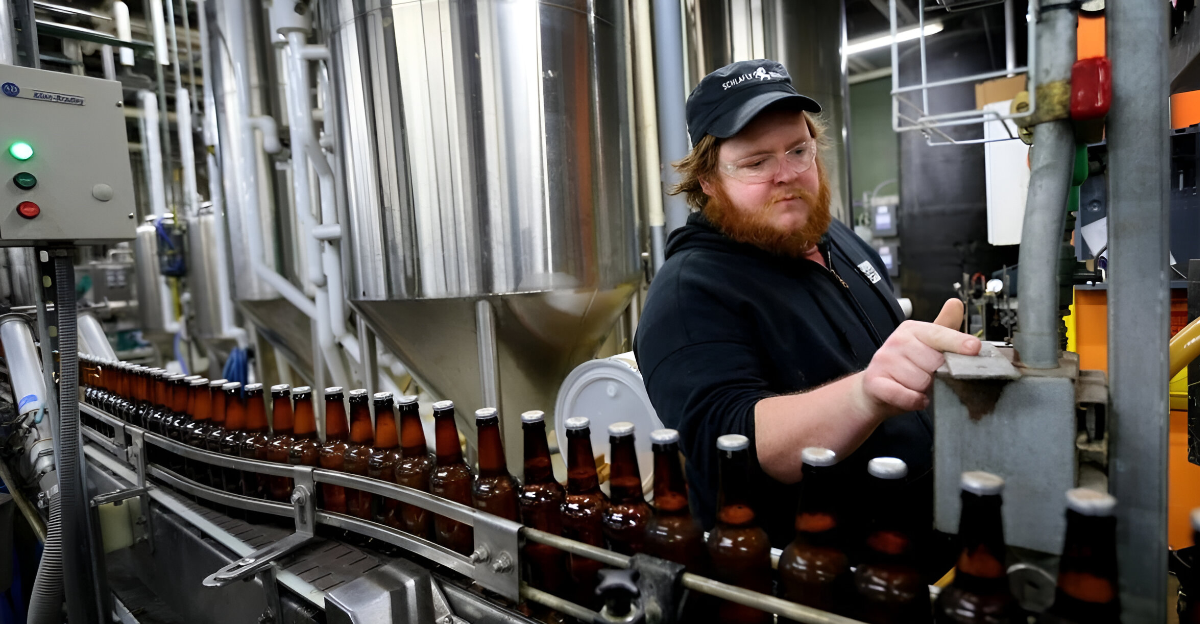
East Coast craft beer markets have been shaken by sudden chain failures. Restaurant sector layoffs piled up — for example, February 2025 saw 27,500 jobs cut in one month.
At the same time, Brewers Association data show 2024 was the first year since 2005 that more craft breweries closed (399) than opened (335), reflecting an industry slowdown.
Chain-Reaction Closures in the Dining Industry

Restaurant bankruptcies have surged amid pandemic debts. “A growing number of major restaurant chains will likely continue to file for bankruptcy protection,” warned attorney Daniel Gielchinsky.
Major chains like Denny’s and TGI Fridays have already cut hundreds of locations or restructured. Iron Hill’s failure now joins this wave of pandemic-era casualties.
Iron Hill’s Rise from Brewpub Beginnings
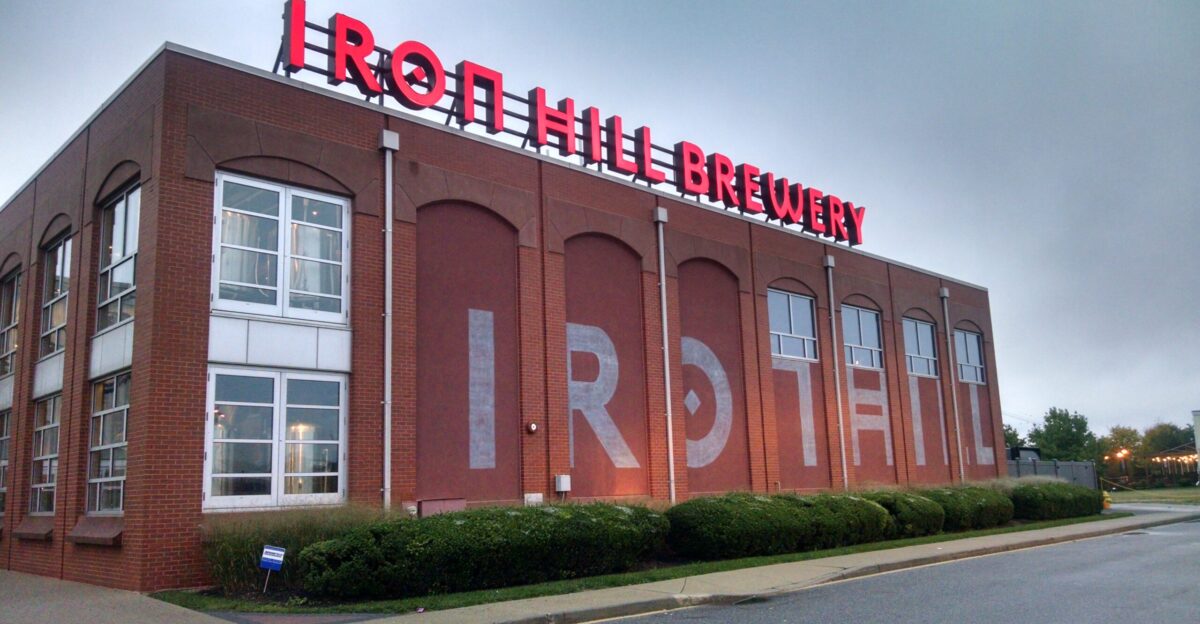
Iron Hill traces back to 1996, when Kevin Finn, Mark Edelson, and Kevin Davies opened a brewpub in Newark, Delaware.
Over three decades, it grew into a 19-location craft brewery chain by 2024, spanning Pennsylvania, New Jersey, Delaware, Georgia, and South Carolina. The founders remained on the board, guiding the brand through its regional expansion.
Cracks Appearing in Craft Beer Growth

The craft-beer boom has begun to contract. The Brewers Association. projected U.S. craft production down ~3% in 2024.
In fact, 2024 saw 399 craft breweries close against just 335 openings nationwide. Rising input costs and softened consumer demand have squeezed margins industry-wide, especially for brewers relying heavily on wholesale distribution.
Sudden End to a 30-Year Run

The was devastating: on September 25, 2025, Iron Hill closed all remaining locations and filed for Chapter 11 bankruptcy.
Employees were told via email: “I must announce the closure of all our restaurant locations effective immediately,” blaming “ongoing financial challenges”.
This abrupt shutdown brought a 29-year regional brewing legacy to an end.
Local Communities Left Without Their Taproom

Iron Hill’s shutdown hit every corner of its regional market. Pennsylvania communities lost multiple brewpubs at once, and Delaware lost its original Newark brewpub – the state’s first.
Similarly, local Iron Hill restaurants vanished in New Jersey, Georgia, and South Carolina. Once-popular neighborhood gathering spots suddenly went dark across five states.
Shock and Outrage Among Employees

“It’s so fresh, it’s so shocking. We need a second,” recalled employee Lauren Brown, capturing staff disbelief.
Workers got minimal warning. Attorneys note Iron Hill’s abrupt shutdown likely violated the WARN Act’s 60-day notice requirement, potentially entitling displaced employees to two months of back pay and benefits.
Broader Challenges for Craft Beer Producers
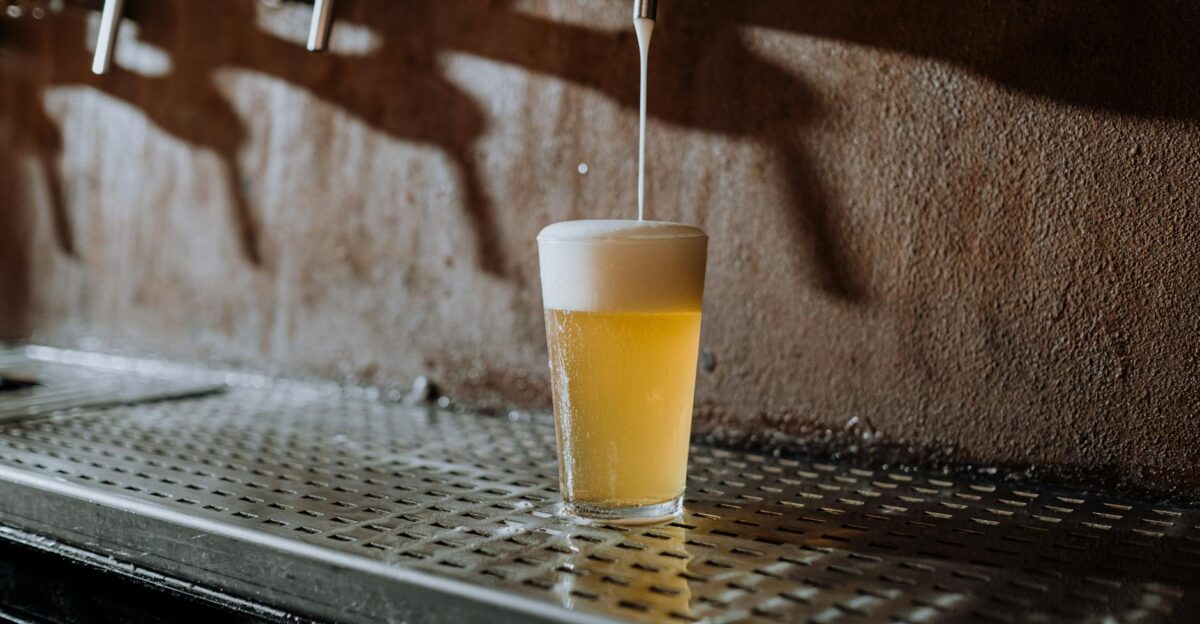
Nationwide, craft beer demand is flagging. The June 2025 Beer Purchasers Index gave craft just 15 points (well below the 50 threshold), down from 27 a year earlier.
Distributors reported weakening demand and tighter orders. This reflects changing tastes and higher prices, squeezing breweries that rely on wholesale distribution.
Lagging Demand and Rising Costs in Full-Service Dining

Full-service dining remains weak. Industry employment is still roughly 4% below pre-pandemic levels. The restaurant sector cut 27,500 jobs in February 2025 alone as rising inflation and wages curbed consumer spending.
Consumer confidence hit a 15-month low that month, reflecting economic uncertainty that further weighs on eating out.
New CEO’s Bold Bet on Growth

In January 2025, Iron Hill brought in restaurant veteran Mark Kirke as CEO, promising a “new chapter.” Kirke (whose resume included roles at Hillstone and P.F. Chang’s) lasted just eight months in the role.
The leadership change was a last-ditch gamble to reverse declining fortunes, and ultimately it fell short.
Fingers Pointed at Management

In the aftermath, many insiders blamed corporate decisions for Iron Hill’s fate. Former employees and local patrons criticized overexpansion and financial missteps. One ex-worker lamented that the chain “just bit off more than they could chew” by growing too fast.
Public frustration spiked at what some viewed as a disconnect between optimistic corporate messaging and the grim reality.
Promises Versus Reality in Strategy

Just two weeks earlier, CEO Kirke portrayed the cutbacks as strategic. “While we are closing a few locations, this is truly part of a larger growth story—we are evolving, strengthening our brand…for long-term success,” he said.
At the time, Iron Hill insisted most brewpubs would remain open. Those assurances look starkly off-target now that even “a few” closures meant all.
Frantic Funding Search Before the End

Iron Hill’s final announcement to customers read: “It has been our pleasure to serve you, and we are deeply grateful for your support, friendship, and loyalty over the years”.
Privately, internal communications (later leaked) showed executives were frantically seeking new financing while publicly downplaying the crisis.
Management delayed revealing the dire situation while negotiations played out behind the scenes.
Analysts Warn of Brewing Industry Risks

Experts say Iron Hill’s fate isn’t unique. Bankruptcy attorney Daniel Gielchinsky bluntly warned, “Restaurants that exist today may not exist in five years. They’ll be off the map,” reflecting industry pessimism.
Rising rents, labor costs, and shifting consumer habits have made the traditional brewpub model especially vulnerable. Many analysts now see casual dining chains facing a new era of attrition.
The Future of Craft Brewing
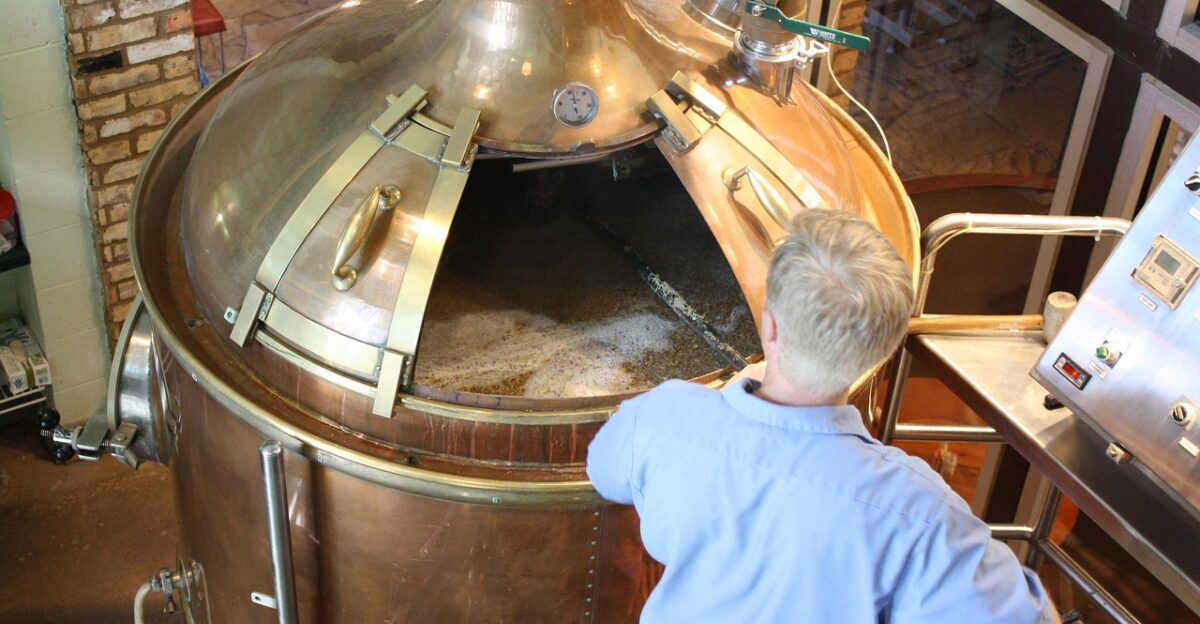
Iron Hill’s closure raises tough questions about craft beer’s future. Brewers Assoc. chief Bart Watson warns the industry is in “a painful period of rationalization”.
Growth-focused chains face headwinds in an oversaturated market dominated by large brewers and changing consumer tastes.
Many predict consolidation favoring local taproom models and well-capitalized breweries over sprawling regional chains.
Legal Fallout from Mass Layoffs

Iron Hill’s abrupt shutdown also has legal consequences. Labor attorneys note the chain likely violated the federal WARN Act’s 60-day notice requirement.
Potential class-action lawsuits could recover two months’ pay and benefits for laid-off workers.
The controversy may prompt calls for stronger legal protections to give employees advance warning in future bankruptcies.
Opportunities for Surviving Breweries

Iron Hill’s exit leaves a gap that competitors can fill. Even neighboring businesses rushed to recruit laid-off workers — for example, near an Iron Hill location, a 40-year-old pizza shop posted a help-wanted sign inviting former brewery employees to apply.
Surviving breweries with strong finances may also pick up market share as consolidation accelerates in the craft segment.
Wider Economic Ripples from Closure
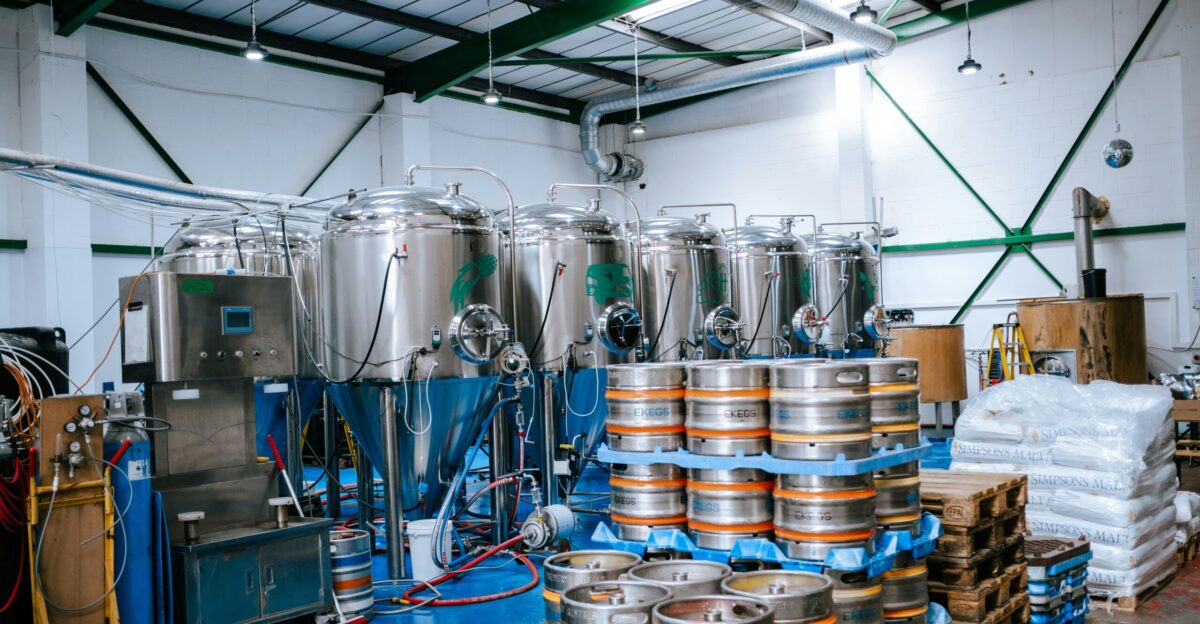
Local economies are also hurt. Iron Hill generated roughly $104 million in 2024 sales, whose sudden loss means steep drops in sales and payroll tax revenue for affected cities.
Nineteen brewpub properties now sit vacant, likely dragging down nearby commercial rents.
Suppliers and service vendors tied to Iron Hill also lose contracts, amplifying the economic impact across the supply chain.
Breweries and Changing Consumer Culture
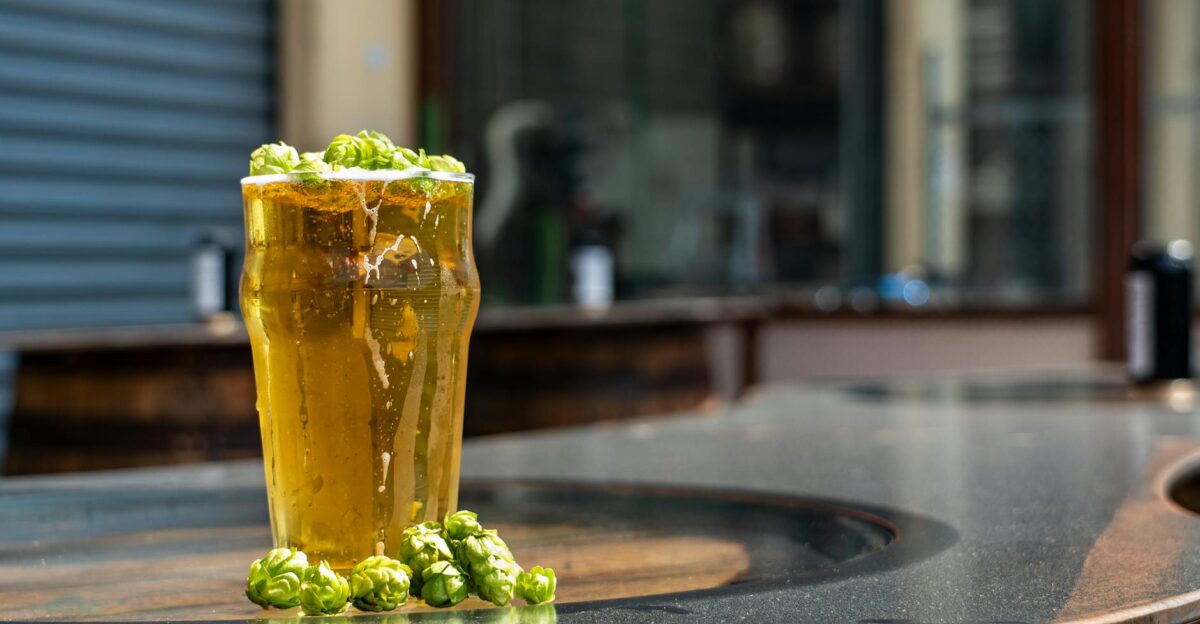
Longer-term shifts in taste have also hurt legacy brewpubs. Beer sales have fallen roughly 20% annually since 2021, as younger consumers show “seemingly zero brand loyalty,” favoring hard seltzers, cocktails, or even cannabis-infused drinks over traditional ales.
In this climate, the old brewpub “third place” is challenged — patrons have many other leisure options.
A New Chapter for Craft Brewing
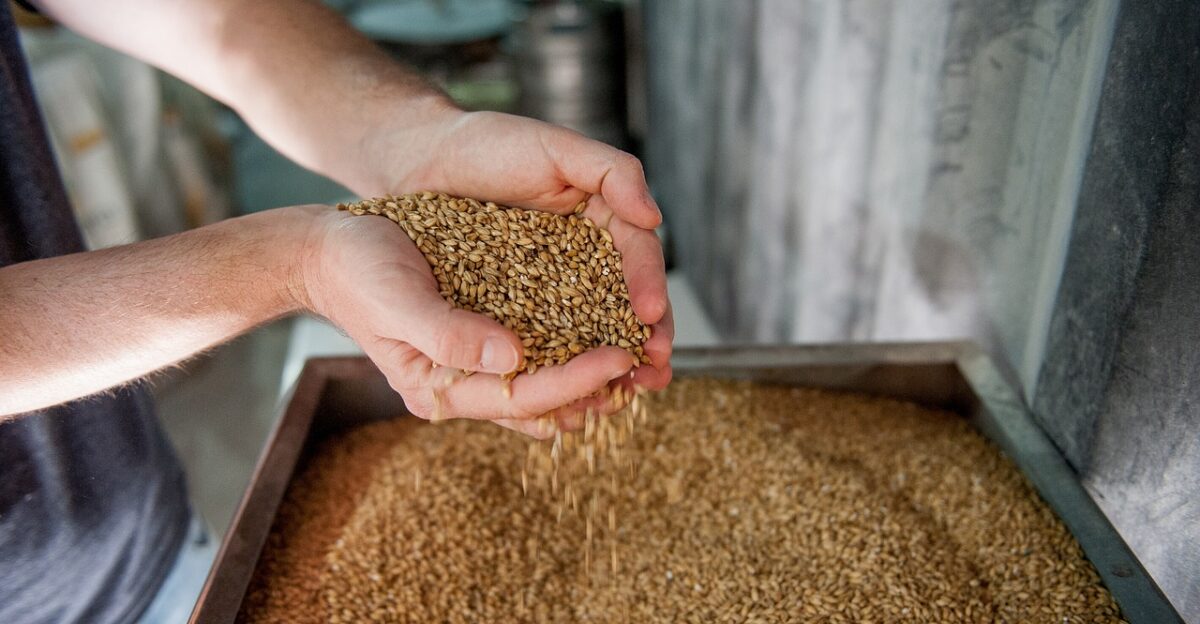
Iron Hill’s collapse marks a harsh industry reckoning. Craft beer’s boom times are over, giving way to a focus on survival and efficiency. Brewers Assoc. CEO Bart Watson cautions that this contraction will likely deepen in 2025.
The industry must now decide which concepts deserve to survive. Moving forward, breweries will need lean operations and community support to thrive in America’s reshaped hospitality landscape.